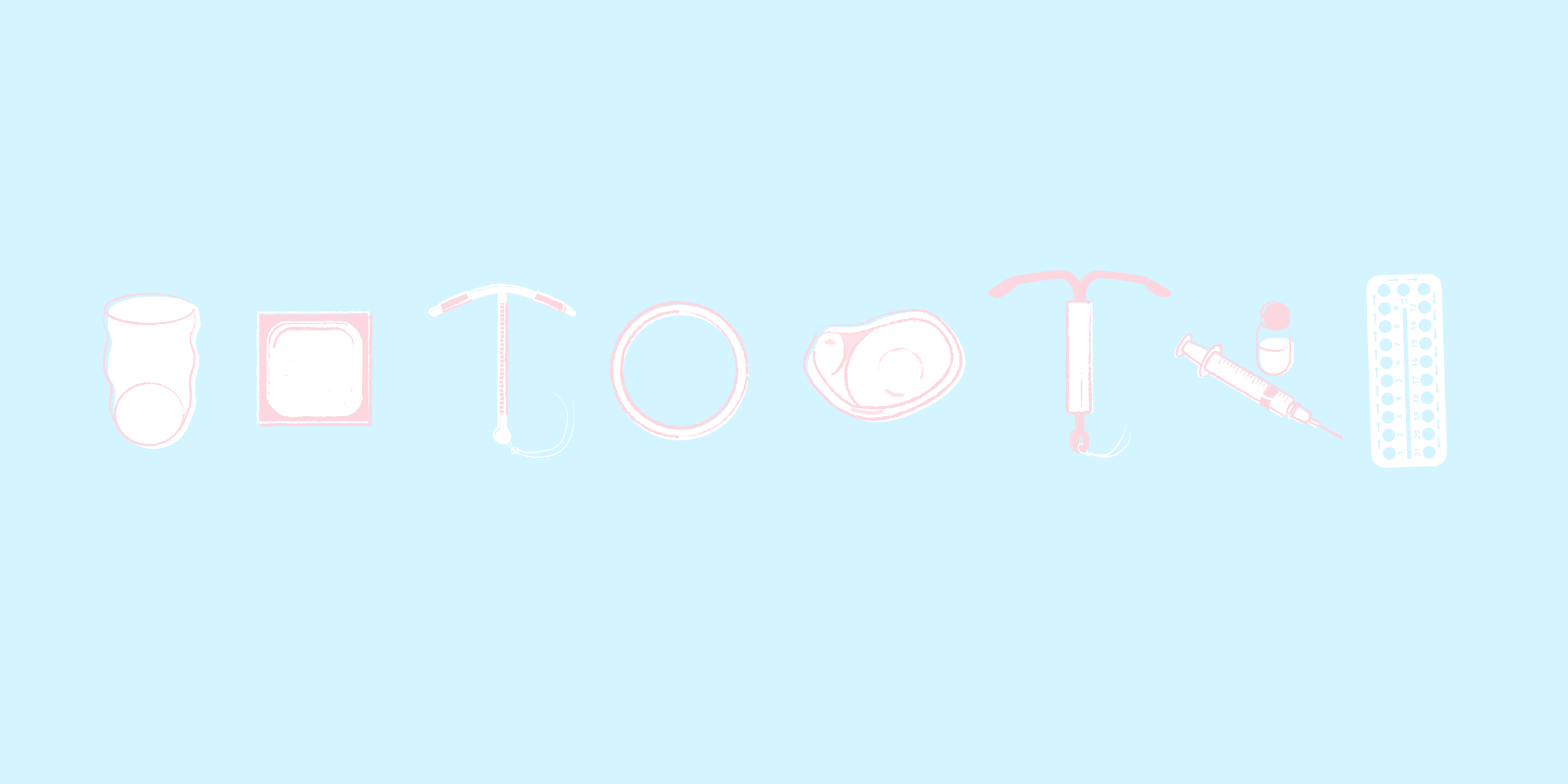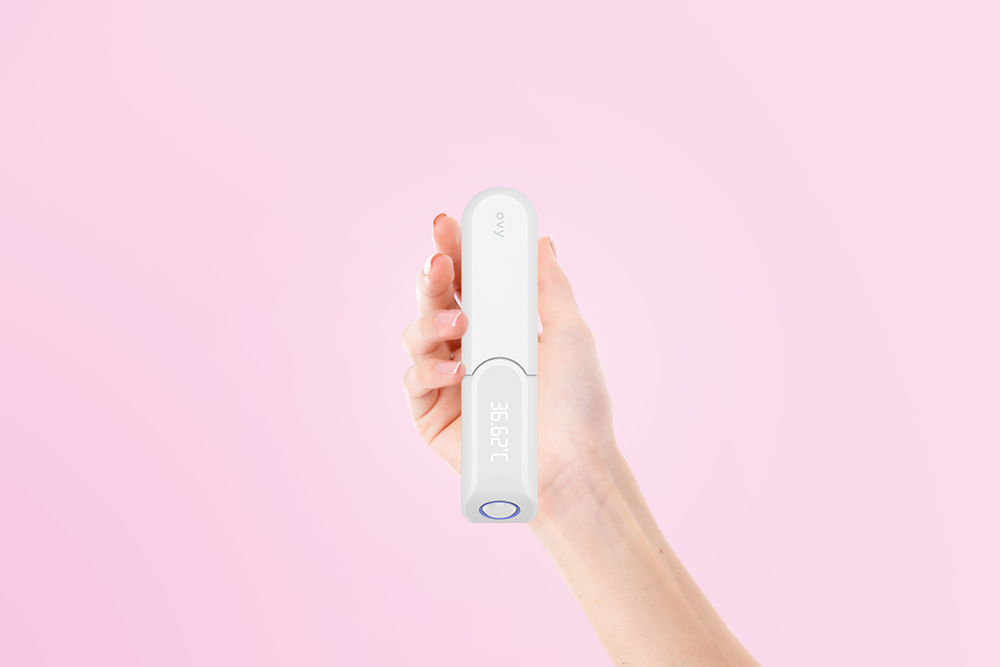Key Takeaways
- The second trimester of your pregnancy brings fascinating developmental steps for your baby: from rapid growth and the first noticeable movements to the formation of the senses.
- In this article, you'll find out when you can find out the sex, how your baby's immune system is developing and how their unique facial features are forming.
- Discover the special milestones of this phase and how they already closely connect you and your baby.
As you enter the second trimester of your pregnancy, you’re likely curious about the exciting developments your baby will experience now. This phase, between the 13th and 28th weeks, is especially significant for your baby’s growth and the formation of key bodily functions. During this time, your baby will go through essential growth phases and develop fundamental body functions.
In the coming weeks, you’ll feel your baby’s first movements, and their organs will continue to form. Here, you’ll learn in detail how your baby’s senses are developing, when you can find out the gender, and which special milestones your baby will reach. The developments in the second trimester include both physical and neurological progress for your growing baby.
Physical Development of the Baby
In the second trimester, your baby makes impressive developmental strides. Physical growth is especially dynamic during this phase, and you’ll notice many exciting changes.
Growth and Size Increase
Your baby’s size and weight increase rapidly now. At the beginning of the second trimester, your baby is about 7.5 cm long and weighs approximately 23 grams. By the 25th week, they will already reach around 35 cm and 660 grams in weight. Your baby’s proportions gradually adjust, with the head circumference growing more slowly than in the initial months.
Organ Development
Significant organ development occurs during the second trimester. By the start of this trimester, all organs are formed and continue to grow. Key developments include:
- The lungs continue to develop as your baby "breathes" in and out amniotic fluid.
- The liver and spleen start producing white blood cells.
- The inner ear is fully formed, allowing your baby to perceive sounds.
Development of the Senses
Your baby’s sensory development makes significant progress in the second trimester. Interestingly, substances you consume can reach the fetus through amniotic fluid, influencing their sense of smell. Taste buds are also developing in this phase, and your baby can already perceive different flavors, potentially shaping their future taste preferences.
By the end of the second trimester, your baby can:
- Distinguish light from dark
- React to sounds
- Detect flavors in the amniotic fluid
The amniotic fluid maintains a constant, cozy 37°C, and your baby still has ample room in the womb to curiously explore their surroundings. Movements become more coordinated, and researchers now understand that unborn babies perceive much more than previously assumed.
Baby's Movements and Activities
The exciting world of baby movements begins for you in the second trimester, as your baby sends their first noticeable signs of life. This time brings thrilling new experiences that strengthen your bond with your baby.
First Perceptible Movements
You can usually feel your baby’s first movements between the 18th and 24th weeks. Mothers in their second pregnancy often notice movements as early as the 18th week. These initial movements are often described as:
- Gentle fluttering or tickling
- Light bubbling
- Soft twitching
- The sensation of rising air bubbles
As pregnancy progresses, these movements become clearer, and you may even feel little kicks. During the second trimester, your baby still has enough space for somersaults and playful turns.
Sleep-Wake Rhythm
Your baby is already developing their own sleep-wake rhythm. Sleep phases usually last 20 to 40 minutes, and babies can sleep up to 20 hours daily in the womb.
Reactions to External Stimuli
In the second trimester, your baby becomes increasingly responsive to stimuli from the environment. Starting from the 20th week, they show clear reactions to sounds. Interesting points include:
- Your baby can already react to your voice.
- They perceive music and melodies, which can even be recognized after birth.
- By the fifth month, the fetus is sensitive to touch all over their body.
Important Milestones in the Second Trimester
The second trimester brings some of the most exciting milestones in your baby’s development. In this phase, you can not only discover your baby’s gender but also observe how their human features take shape.
Determining Gender
Finding out your baby’s gender is one of the most exciting moments during pregnancy. The second basic ultrasound takes place between the 19th and 22nd weeks, where you may learn your baby’s gender.
Formation of Facial Features
Your baby’s facial features make remarkable progress in the second trimester. Starting from the 13th week, facial features become more distinct. By the end of the second trimester:
- The facial features look increasingly "human."
- First hairs, as well as hints of eyebrows and eyelashes, develop.
- Vocal cords are forming.
Development of the Immune System
Your baby’s immune system undergoes critical development stages during the second trimester. Central to this is the placenta, which takes over hormone production from the 13th week. Immunity develops gradually:
- Your baby receives essential antibodies from you through the placenta.
- These antibodies provide protection against infectious diseases you’ve had or been vaccinated against.
- This immunity, known as “nest protection,” lasts until the 4th to 6th month, at most until the 9th month, after birth.
The immune system is closely linked to organ development. The liver begins functioning, and the pancreas already produces insulin. These organs play an important role in the immune system’s development.
Conclusion
The second trimester is a time filled with fascinating developments for you and your baby. Your little one undergoes major physical changes—from rapid growth to the formation of senses and first noticeable movements. This phase makes pregnancy feel particularly real, as you can witness your baby’s development not only through ultrasound images but also through their lively activities.
These unique milestones lay important foundations for your child’s further growth. As facial features form and the immune system develops, an increasingly strong connection forms between you and your baby. Their responses to your voice, movements, and even your dietary choices show how deeply you are already connected. These special moments mark the beginning of your shared journey and prepare you for the upcoming stages of development.
References & Literature
- Akkoca, A. N., Ozdemir, T. Z., Kurt, R., Sen, B. B., Yengil, E., Karatepe, C., ... & Ozer, C. (2014). The physiological changes in pregnancy and their distribution according to trimester. Journal of Gynecology and Obstetrics, 2(6), 86-90.
- Bang, S. W., & Lee, S. S. (2009). The factors affecting pregnancy outcomes in the second trimester pregnant women. Nutrition research and practice, 3(2), 134-140.
- Drehmer, M., Duncan, B. B., Kac, G., & Schmidt, M. I. (2013). Association of second and third trimester weight gain in pregnancy with maternal and fetal outcomes. PloS one, 8(1), e54704.
- Rifas‐Shiman, S. L., Rich‐Edwards, J. W., Willett, W. C., Kleinman, K. P., Oken, E., & Gillman, M. W. (2006). Changes in dietary intake from the first to the second trimester of pregnancy. Paediatric and perinatal epidemiology, 20(1), 35-42.
You might also be interested in these articles
Schwangerschaft
First examination during pregnancy: important questions to ask your gynecologist6 Min. Lesezeit





